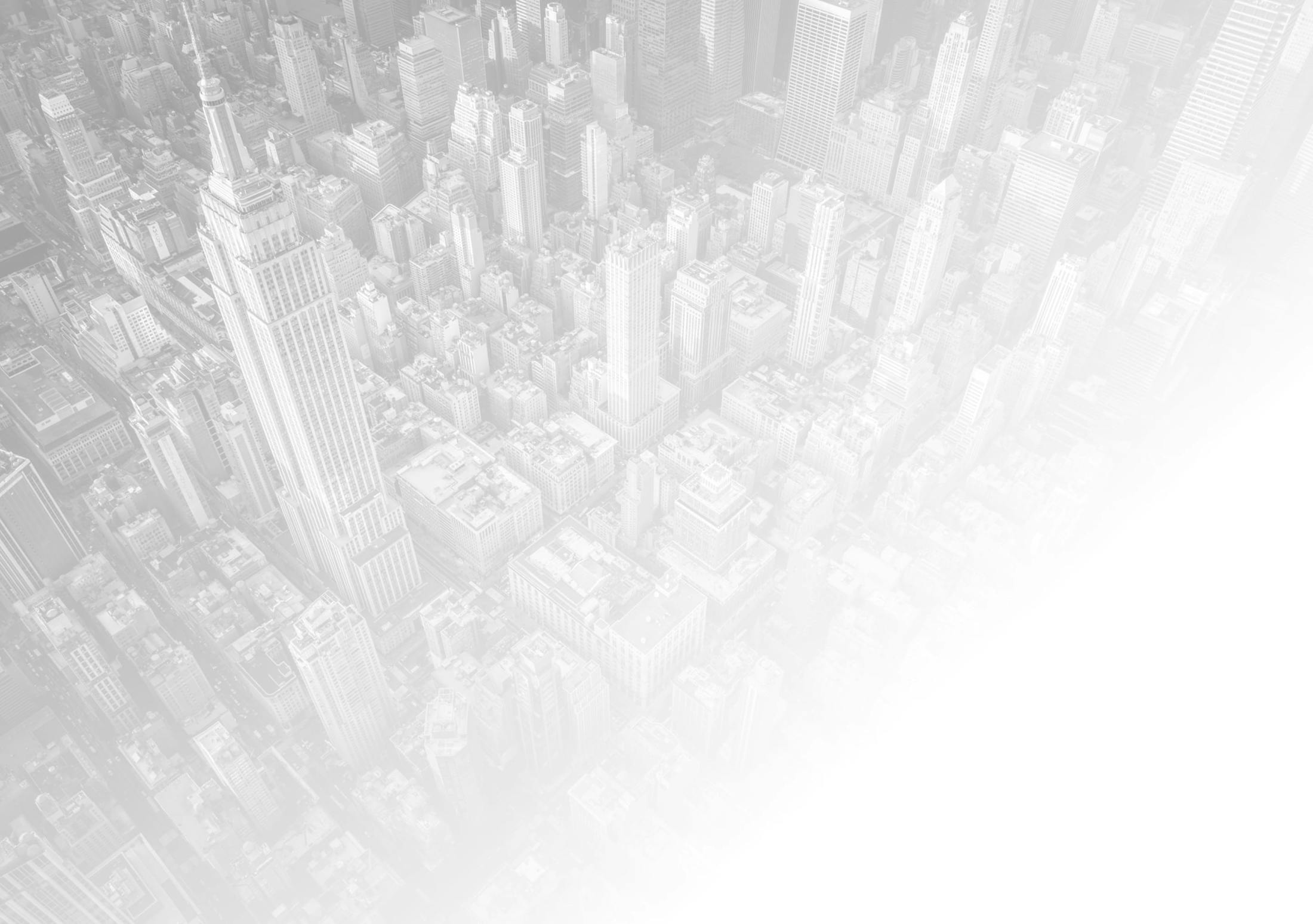In premises liability cases involving swimming pools, New York courts evaluate whether the property owner had actual or constructive knowledge of the hazardous condition. Actual knowledge means the owner was directly aware of the danger (such as receiving prior complaints about a malfunctioning pool filter or broken ladder) and failed to act.
Constructive knowledge involves situations where the hazard existed for a long enough period that the owner should have discovered it through reasonable inspections. For example, if algae buildup made the pool floor slippery for weeks and no action was taken, this could constitute constructive knowledge.
The standard is what a reasonable property owner would have known and done under similar circumstances. Courts look at evidence such as inspection logs, maintenance schedules, surveillance footage, and employee testimony to determine whether a breach of duty occurred.
Property owners aren’t expected to guarantee absolute safety, but they are required to act reasonably in identifying and remedying foreseeable hazards. Where failure to inspect or maintain the pool creates a dangerous condition, liability can be imposed even in the absence of direct knowledge.





